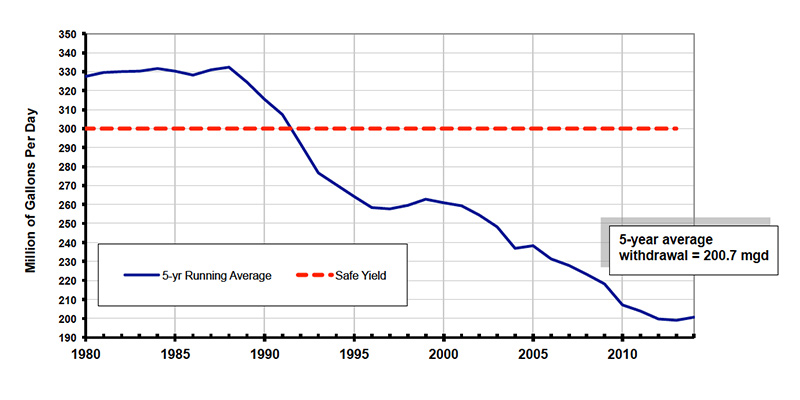Ruptured pipe had recently passed tests
Marty Kilgullen (foreground) and Bill Mayer observed as Aaron Ferreira cleaned a gas pipe on Congress Street April 28. (David L. Ryan/Globe Staff)
By John C. Drake
Globe Staff / June 1, 2008
The water main that burst in the Financial District in April, flooding streets and unleashing a torrent of water into natural gas lines, was tested for leaks just two months before the rupture and determined to be sound, according to Boston Water and Sewer Commission maintenance reports.
Six years ago, a commission crew had detected a loud noise near the pipe, which indicated possible leaks or weakness in the 12-inch line, after water flooded the basement of the nearby Old State House. But a follow-up test at that time determined that it was leak-free, according to the records, released to the Globe af ter a written request.
The maintenance reports deepen the mystery about what caused the 100-year-old pipe under State Street between Devonshire and Washington streets to break on April 26....."We believe this is an extremely isolated incident," said John Sullivan, chief engineer for the Water and Sewer Commission, an agency whose three commissioners are appointed by Mayor Thomas M. Menino. "I don't believe this is a poor-condition pipe."
Tom Curtis, deputy executive director of the American Water Works Association, a national organization, said the results of the Feb. 20 test were an indication that external factors might have caused the leak.
"That test would be an indication that the pipe was sound and not leaking at the time the test was conducted and then something obviously changed to cause the pipe failure," said Curtis, a specialist on utility management and infrastructure replacement....Some advocates for establishing a state fund for replacing drinking water infrastructure said the rupture points to the danger of leaving aging pipes, designed to last a century or less, underground.
Water commission officials, however, contended that they regularly monitor pipes for leaks and say, that, despite the pipe's age, it is more likely that vibrations from construction work in the area or other utility work caused the break.
Steve Estes-Smargiassi, director of planning at the Massachusetts Water Resources Authority, said the Water and Sewer Commission tests nearly all of its 1,100 miles of water mains for leaks annually, even though the authority only requires testing every other year.
On Sept. 5, 2002, a maintenance supervisor for the Old State House at State and Devonshire streets reported water had flooded the historic building's basement. An initial commission work crew could not find the source of the leak and ordered a sound-detection test for the next day.
The crew used a geophone, which works the same way as a stethoscope, to listen for potential leaks underground. They detected a loud noise in the vicinity of the water main. A follow-up test on Sept. 9, in which valves along the water main were checked for noise to pinpoint a possible leak, indicated none was present.
By that time the flooding of the Old State House basement had stopped, so the commission halted its investigation, Sullivan said. Officials never determined what caused the flooding but said it was not a problem with the pipe, he said.
"It must have been something else," Sullivan said, suggesting it might have been ground water seepage.
This year, on Feb. 20, the commission conducted a routine sweep of mains in the Financial District for possible leaks, using data collected from computerized sound-detection equipment connected directly to the pipes. The sweep, conducted between 3 a.m. and 4 a.m. to minimize the presence of background noise, reported no sounds from leaks.
Sullivan said renovations to the State Street MBTA subway station and recent excavations by other utilities might have caused vibrations that compromised the water main.
MBTA spokesman Joe Pesaturo disputed that work on the T could have been the cause.
"No well-informed person believes the T's contractor caused or contributed to the water main break," Pesaturo said in an e-mail.
Water and Sewer Commission spokesman Tom Bagley said investigations into the cause of the rupture had not been completed. Bagley said it may be a few more weeks before the cause becomes clear.



